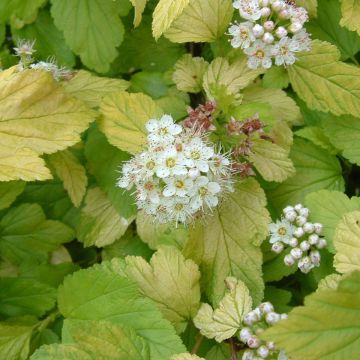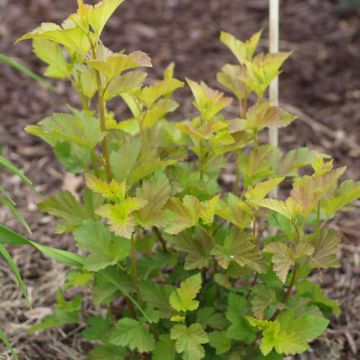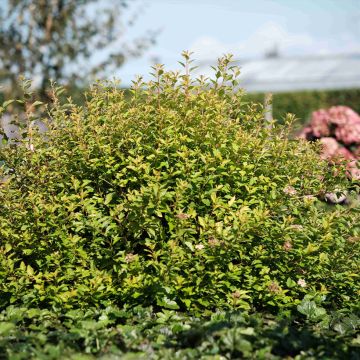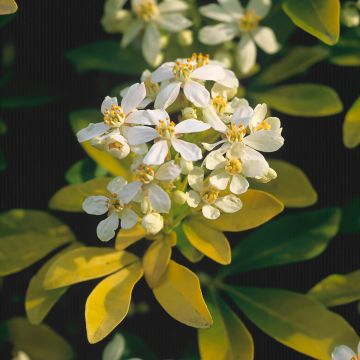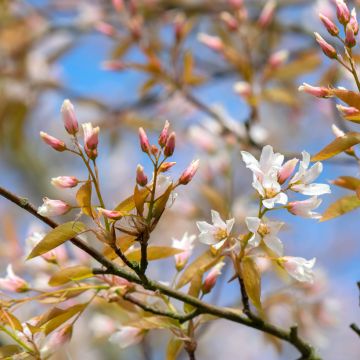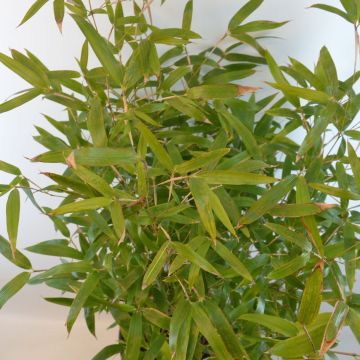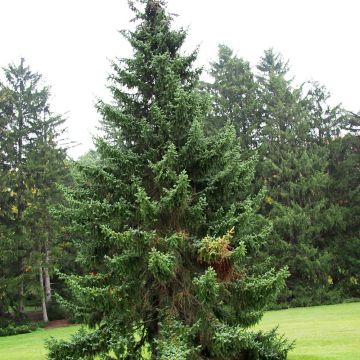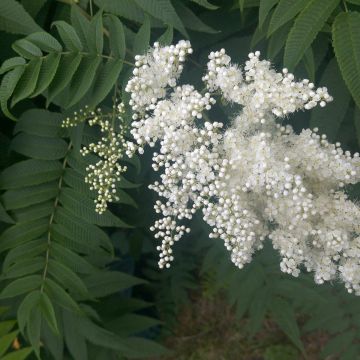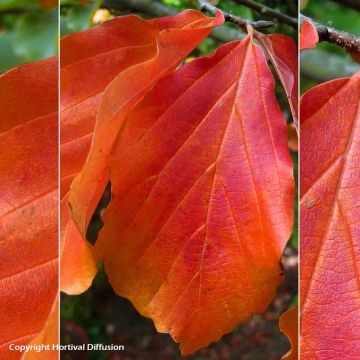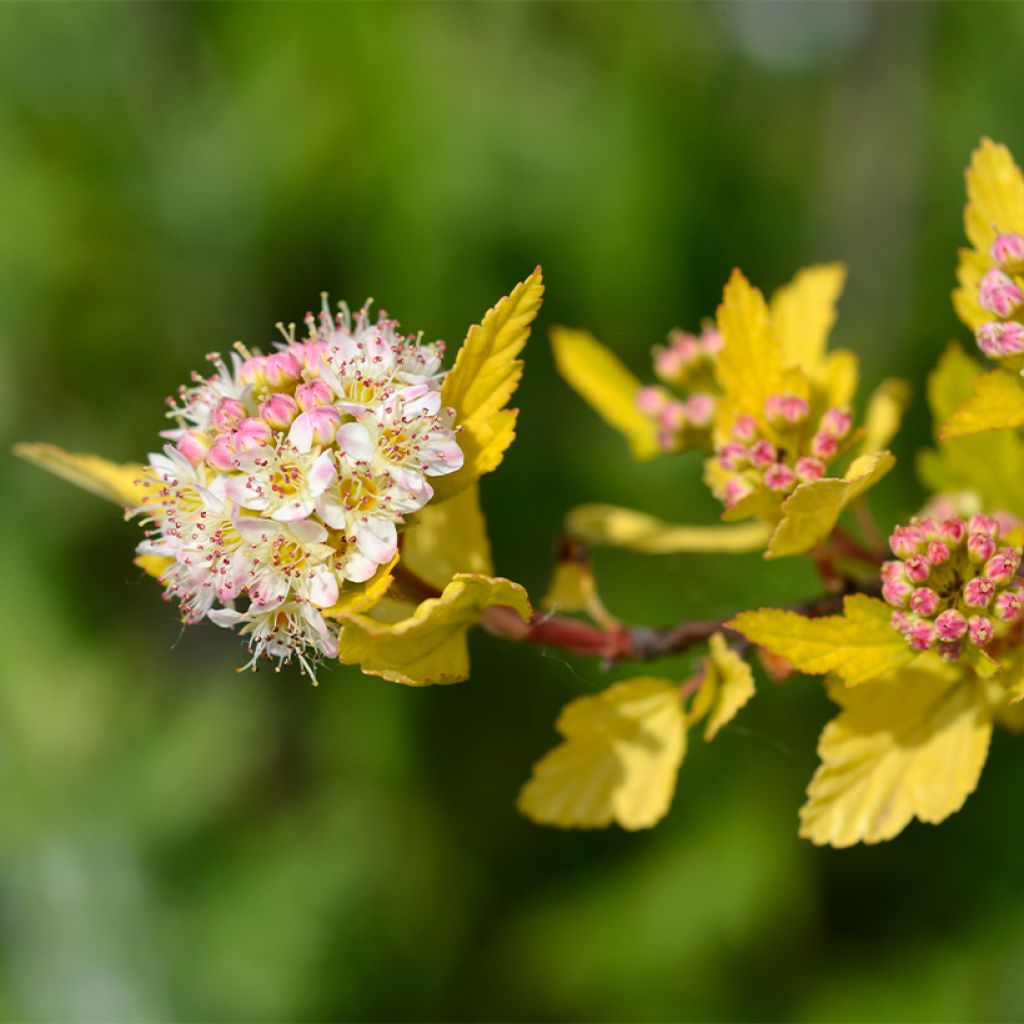

Physocarpus opulifolius Tiny Wine Gold - Ninebark
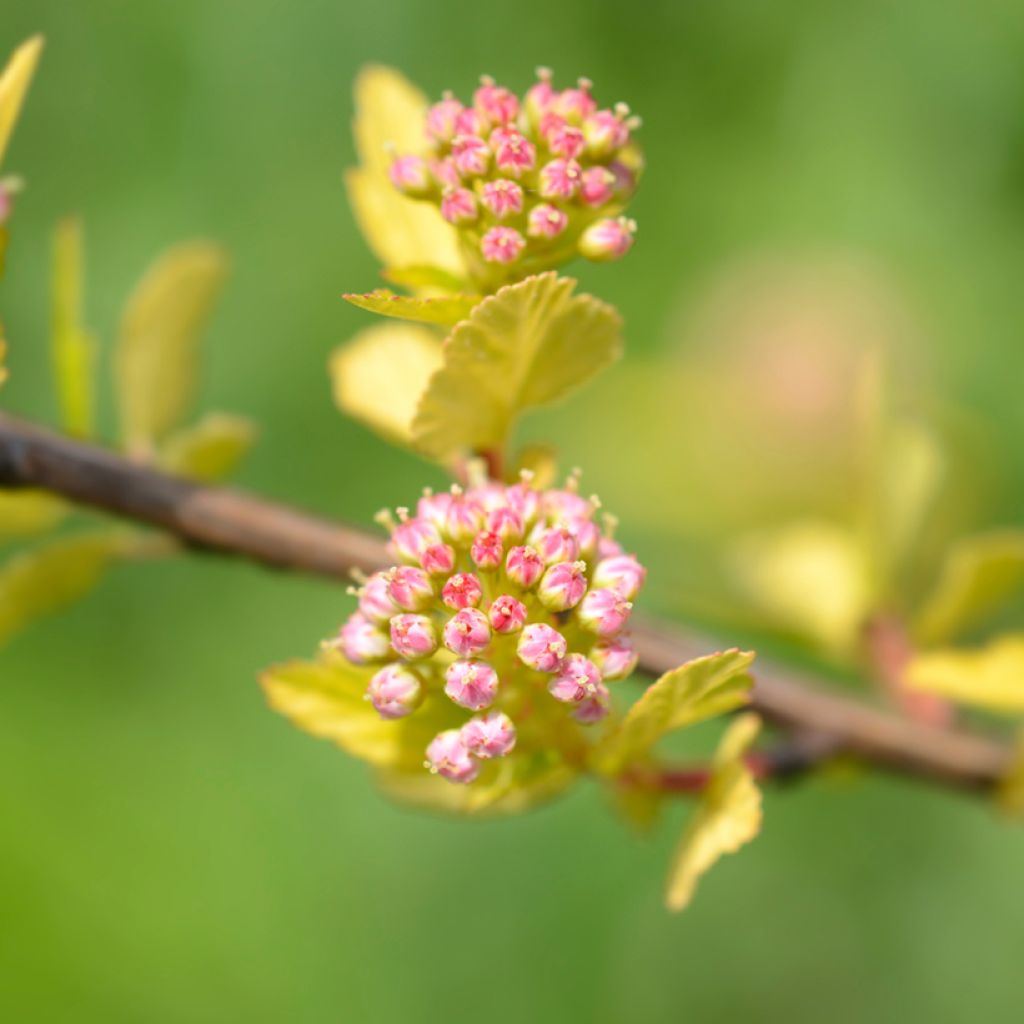

Physocarpus opulifolius Tiny Wine Gold - Ninebark
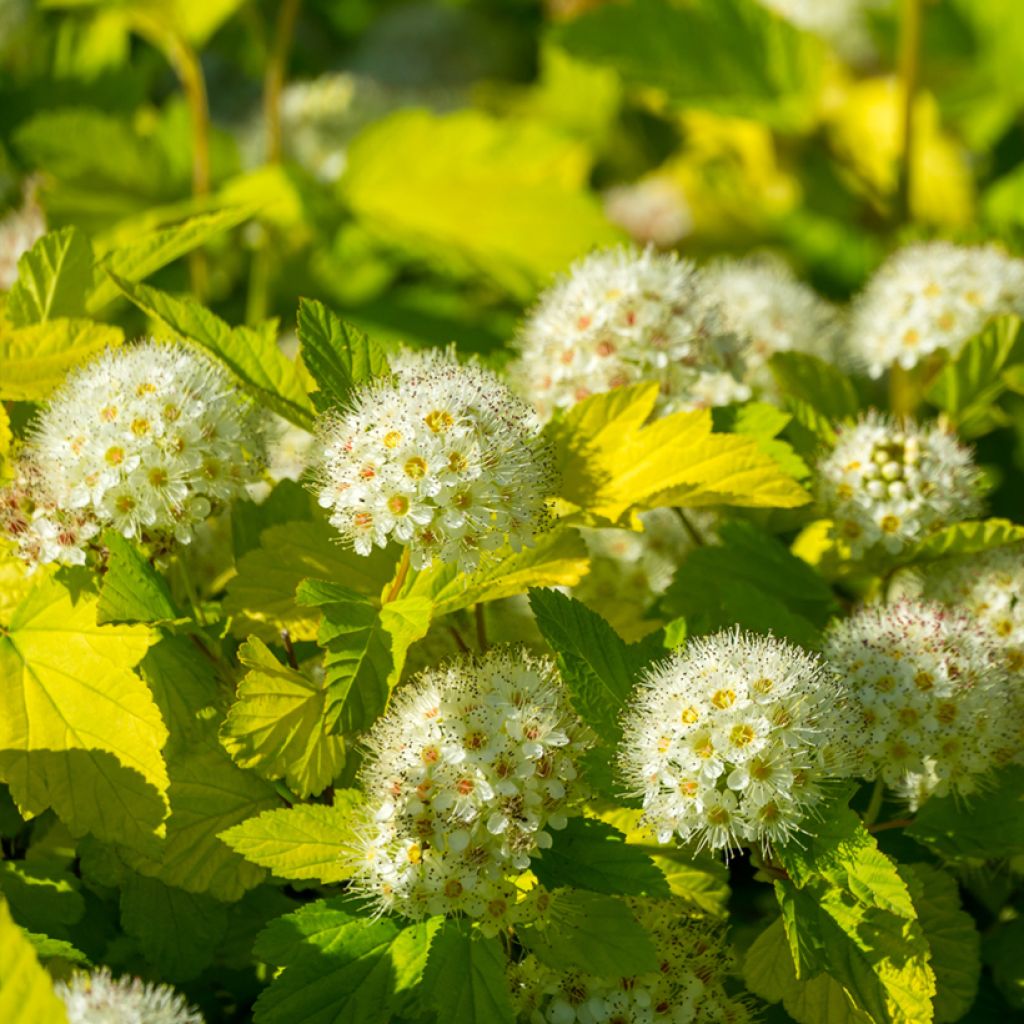

Physocarpus opulifolius Tiny Wine Gold - Ninebark
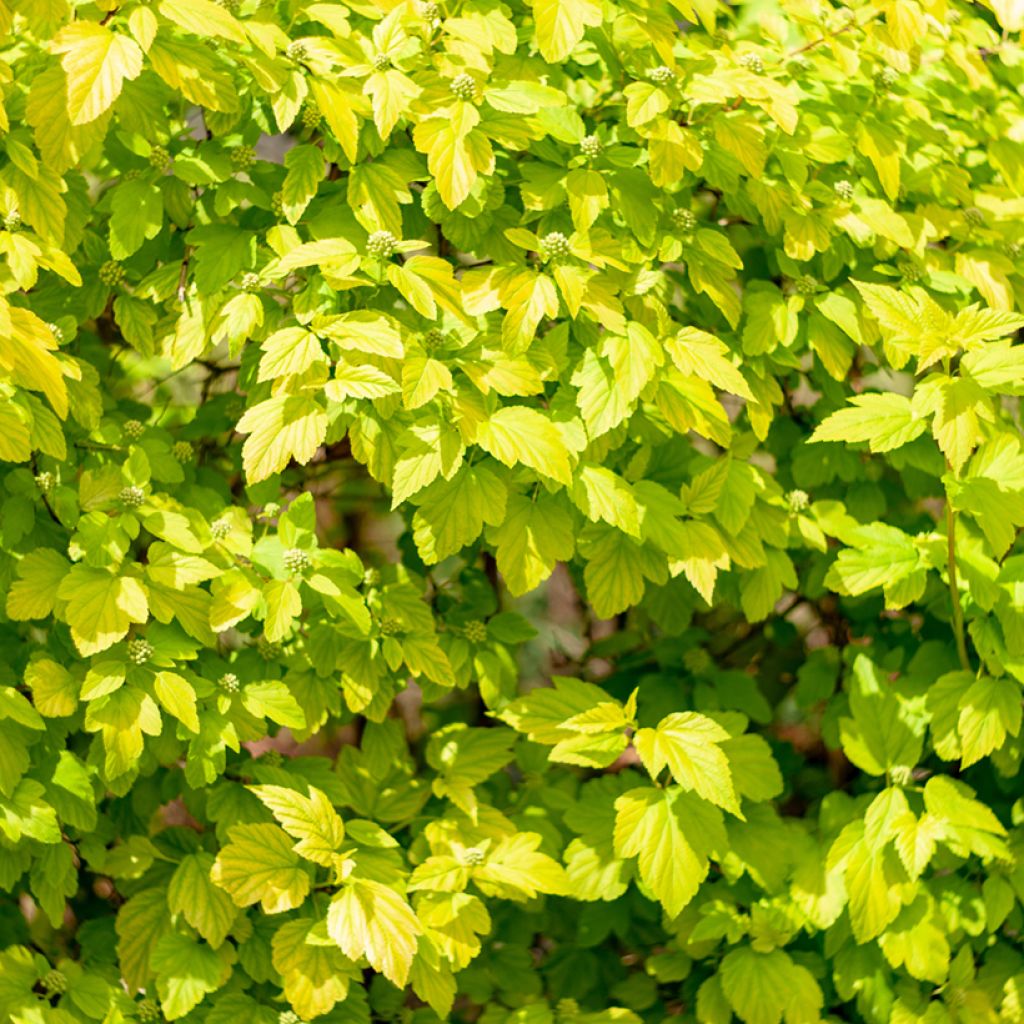

Physocarpus opulifolius Tiny Wine Gold - Ninebark
Physocarpus opulifolius Tiny Wine Gold - Ninebark
Physocarpus opulifolius Tiny Wine Gold® PBR
Ninebark
It arrived all dried up, the branches and roots. Has it not been watered for a long time? I hope it will recover in spring...
Kaori, 27/09/2024
Special offer!
Receive a €20 voucher for any order over €90 (excluding delivery costs, credit notes, and plastic-free options)!
1- Add your favorite plants to your cart.
2- Once you have reached €90, confirm your order (you can even choose the delivery date!).
3- As soon as your order is shipped, you will receive an email containing your voucher code, valid for 3 months (90 days).
Your voucher is unique and can only be used once, for any order with a minimum value of €20, excluding delivery costs.
Can be combined with other current offers, non-divisible and non-refundable.
Home or relay delivery (depending on size and destination)
Schedule delivery date,
and select date in basket
This plant carries a 24 months recovery warranty
More information
We guarantee the quality of our plants for a full growing cycle, and will replace at our expense any plant that fails to recover under normal climatic and planting conditions.
Would this plant suit my garden?
Set up your Plantfit profile →
Description
Physocarpus opulifolius Tiny Wine Gold is a variety of Ninebark with interesting low and compact growth, well suited to small gardens, and young golden leaves, particularly bright in spring. They then turn somewhat green, forming a beautiful backdrop for its abundant flowering, in small clusters of delicate pinkish-white, followed by attractive red fruits. Superb in borders, it also thrives in a large pot to decorate a terrace or balcony.
Physocarpus opulifolius Tiny Wine Gold belongs to the Rosaceae family, its ancestor is native to the eastern United States, and is widespread up to Quebec and Manitoba. This shrub has a medium to slow growth rate and its adult size (at 10 years) will not exceed 1.50m (5ft) in height by 1m (3ft) in width. Its foliage is deciduous, falling in autumn. This very hardy species grows in any loose garden soil that is not too dry. It is a highly branched bush, with a dense habit, initially upright and then rounding with age. It is very ornamental with its leaves that emerge golden, gradually turning chartreuse and then light green throughout the growing season. The leaves are entire, lobed, deeply incised, serrated, and measure from 3 to 8cm (1 to 3in) in length. Flowering occurs in May-June. These are flattened corymbs, small clusters adorned with pale pink buds that open into small nectar-rich flowers, highly visited by bees. They are followed by small red fruits enjoyed by birds in autumn.
Physocarpus Tiny Wine Gold, very vibrant, will find its place in borders or as a low hedge, alongside shrubs with purple foliage for a trendy colour contrast. It will also accompany shrubs with pink flowers (roses, Deutzia) or blue flowers. It will be charming in the company of spireas (Spirea arguta, Spirea x billardii), viburnums (Viburnum carlesii 'Chesapeake', Viburnum x bodnantense), dwarf winged Euonymus (Euonymus alatus 'Compactus'), or Neillia (Neillia affinis) which it will illuminate. Heucheras or Heucherellas with colourful foliage, for example, can be planted at its base. It will also make a big impact when planted in a container on a terrace or balcony.
The name Physocarpus opulifolius comes from the Greek 'phusa' which means air bubble or vesicle, and 'karpos' which refers to the fruit, in reference to the fruit's shape. The resemblance of its foliage to that of Viburnum opulus earned it the specific name "opulifolius". Introduced to Europe around 1687, the numerous vibrant cultivars created in recent years have allowed it to make a strong comeback in gardens.
Report an error about the product description
Physocarpus opulifolius Tiny Wine Gold - Ninebark in pictures
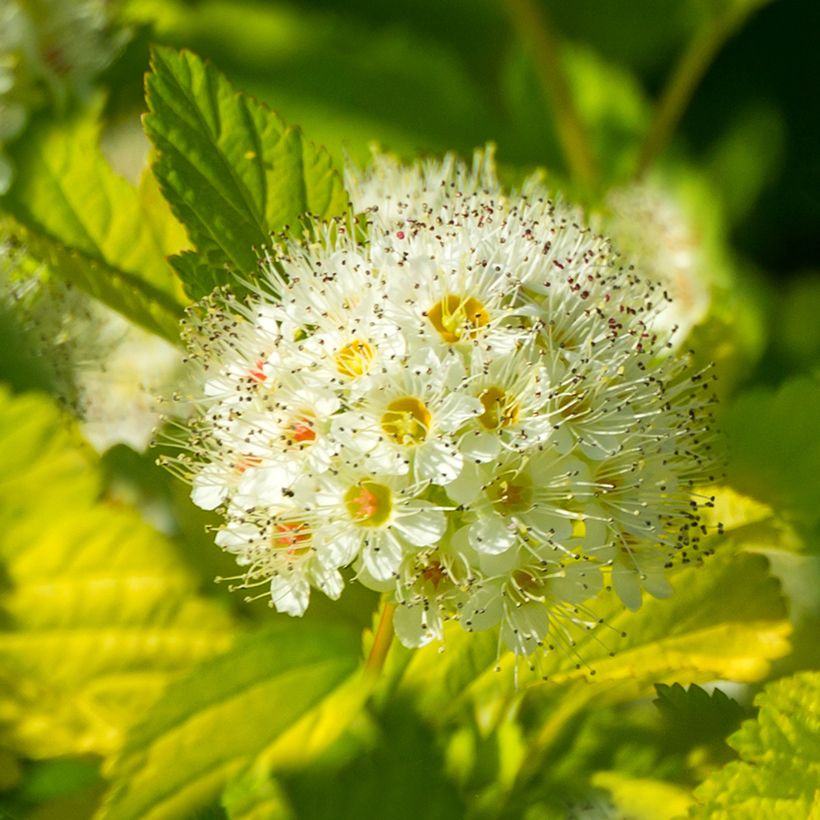

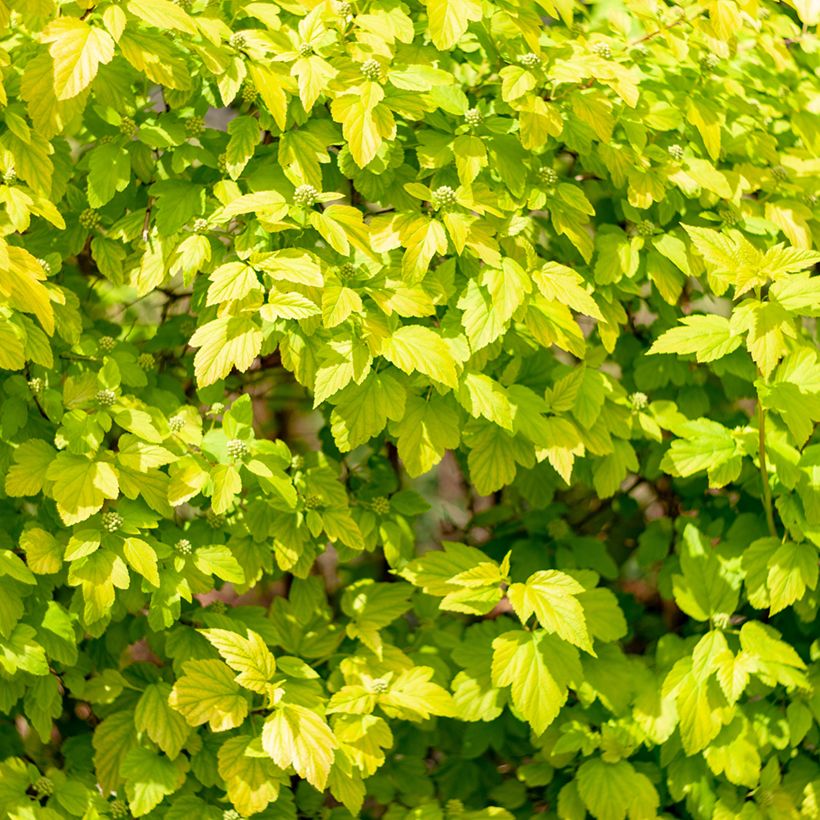

Plant habit
Flowering
Foliage
Botanical data
Physocarpus
opulifolius
Tiny Wine Gold® PBR
Rosaceae
Ninebark
Cultivar or hybrid
Other Physocarpus
View all →Planting and care
Plant Physocarpus opulifolius Tiny Wine Gold in deep, well-loosened, humus-rich, and preferably moist soil, preferably neutral to acidic. It fears an excess of limestone and excessively dry and/or compacted soils. It is necessary to avoid letting the soil dry out in summer and to shower the foliage during heatwaves. This bush will thrive in partial shade or in full sun, but the foliage colors will be more pronounced if it is planted in a sunny location. Thin out dense plants by severely pruning some of the arching branches after flowering. This may promote the emergence of new flower buds at the end of summer. Physocarpus tends to produce many suckers, to the detriment of the main stem; it can be useful to coppice it (cutting all branches near the ground in spring) to give it a denser appearance.
Planting period
Intended location
Care
-
, onOrder confirmed
Reply from on Promesse de fleurs
Similar products
Haven't found what you were looking for?
Hardiness is the lowest winter temperature a plant can endure without suffering serious damage or even dying. However, hardiness is affected by location (a sheltered area, such as a patio), protection (winter cover) and soil type (hardiness is improved by well-drained soil).

Photo Sharing Terms & Conditions
In order to encourage gardeners to interact and share their experiences, Promesse de fleurs offers various media enabling content to be uploaded onto its Site - in particular via the ‘Photo sharing’ module.
The User agrees to refrain from:
- Posting any content that is illegal, prejudicial, insulting, racist, inciteful to hatred, revisionist, contrary to public decency, that infringes on privacy or on the privacy rights of third parties, in particular the publicity rights of persons and goods, intellectual property rights, or the right to privacy.
- Submitting content on behalf of a third party;
- Impersonate the identity of a third party and/or publish any personal information about a third party;
In general, the User undertakes to refrain from any unethical behaviour.
All Content (in particular text, comments, files, images, photos, videos, creative works, etc.), which may be subject to property or intellectual property rights, image or other private rights, shall remain the property of the User, subject to the limited rights granted by the terms of the licence granted by Promesse de fleurs as stated below. Users are at liberty to publish or not to publish such Content on the Site, notably via the ‘Photo Sharing’ facility, and accept that this Content shall be made public and freely accessible, notably on the Internet.
Users further acknowledge, undertake to have ,and guarantee that they hold all necessary rights and permissions to publish such material on the Site, in particular with regard to the legislation in force pertaining to any privacy, property, intellectual property, image, or contractual rights, or rights of any other nature. By publishing such Content on the Site, Users acknowledge accepting full liability as publishers of the Content within the meaning of the law, and grant Promesse de fleurs, free of charge, an inclusive, worldwide licence for the said Content for the entire duration of its publication, including all reproduction, representation, up/downloading, displaying, performing, transmission, and storage rights.
Users also grant permission for their name to be linked to the Content and accept that this link may not always be made available.
By engaging in posting material, Users consent to their Content becoming automatically accessible on the Internet, in particular on other sites and/or blogs and/or web pages of the Promesse de fleurs site, including in particular social pages and the Promesse de fleurs catalogue.
Users may secure the removal of entrusted content free of charge by issuing a simple request via our contact form.
The flowering period indicated on our website applies to countries and regions located in USDA zone 8 (France, the United Kingdom, Ireland, the Netherlands, etc.)
It will vary according to where you live:
- In zones 9 to 10 (Italy, Spain, Greece, etc.), flowering will occur about 2 to 4 weeks earlier.
- In zones 6 to 7 (Germany, Poland, Slovenia, and lower mountainous regions), flowering will be delayed by 2 to 3 weeks.
- In zone 5 (Central Europe, Scandinavia), blooming will be delayed by 3 to 5 weeks.
In temperate climates, pruning of spring-flowering shrubs (forsythia, spireas, etc.) should be done just after flowering.
Pruning of summer-flowering shrubs (Indian Lilac, Perovskia, etc.) can be done in winter or spring.
In cold regions as well as with frost-sensitive plants, avoid pruning too early when severe frosts may still occur.
The planting period indicated on our website applies to countries and regions located in USDA zone 8 (France, United Kingdom, Ireland, Netherlands).
It will vary according to where you live:
- In Mediterranean zones (Marseille, Madrid, Milan, etc.), autumn and winter are the best planting periods.
- In continental zones (Strasbourg, Munich, Vienna, etc.), delay planting by 2 to 3 weeks in spring and bring it forward by 2 to 4 weeks in autumn.
- In mountainous regions (the Alps, Pyrenees, Carpathians, etc.), it is best to plant in late spring (May-June) or late summer (August-September).
The harvesting period indicated on our website applies to countries and regions in USDA zone 8 (France, England, Ireland, the Netherlands).
In colder areas (Scandinavia, Poland, Austria...) fruit and vegetable harvests are likely to be delayed by 3-4 weeks.
In warmer areas (Italy, Spain, Greece, etc.), harvesting will probably take place earlier, depending on weather conditions.
The sowing periods indicated on our website apply to countries and regions within USDA Zone 8 (France, UK, Ireland, Netherlands).
In colder areas (Scandinavia, Poland, Austria...), delay any outdoor sowing by 3-4 weeks, or sow under glass.
In warmer climes (Italy, Spain, Greece, etc.), bring outdoor sowing forward by a few weeks.
































